Order of Operations Study Guide
What is Order of Operations?
The order of operations is a set of rules that tells you the correct sequence in which to perform operations in a mathematical expression. These rules ensure that everyone arrives at the same answer when evaluating an expression.
The Order of Operations
The order of operations is commonly remembered by the acronym PEMDAS:
- Parentheses
- Exponents
- Multiplication and Division (from left to right)
- Addition and Subtraction (from left to right)
Examples
Let's work through some examples to understand the order of operations:
Example 1
Simplify the expression: 2 + 3 * 4
According to the order of operations, we first perform the multiplication, then the addition.
2 + 3 * 4 = 2 + 12 = 14
Example 2
Simplify the expression: (5 - 2) * 32
First, we perform the operations inside the parentheses, then the exponentiation, and finally the multiplication.
(5 - 2) * 32 = 3 * 9 = 27
Practice Problems
Now, it's time to practice! Try simplifying the following expressions using the order of operations:
a) 4 * (6 + 3)
b) 8 + 5 * 22
c) (10 - 2) * 3 + 5
Conclusion
Understanding the order of operations is crucial for solving mathematical expressions accurately. By following the rules of PEMDAS, you can simplify expressions with confidence!
[Order Of Operations] Related Worksheets and Study Guides:
.◂Math Worksheets and Study Guides Fourth Grade. Measurement

 Activity Lesson
Activity Lesson
 Activity Lesson
Activity Lesson
 Activity Lesson
Activity Lesson
 Worksheet/Answer key
Worksheet/Answer key
 Worksheet/Answer key
Worksheet/Answer key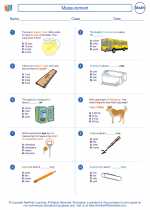
 Worksheet/Answer key
Worksheet/Answer key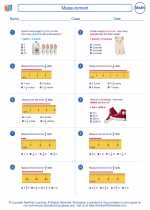
 Worksheet/Answer key
Worksheet/Answer key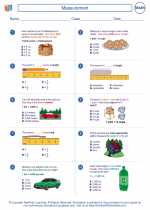
 Worksheet/Answer key
Worksheet/Answer key
 Worksheet/Answer key
Worksheet/Answer key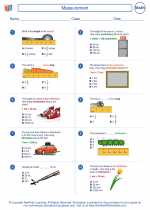
 Worksheet/Answer key
Worksheet/Answer key
 Worksheet/Answer key
Worksheet/Answer key
 Worksheet/Answer key
Worksheet/Answer key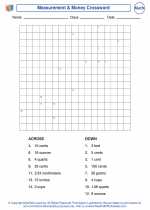
 Worksheet/Answer key
Worksheet/Answer key
 Vocabulary/Answer key
Vocabulary/Answer key
 Vocabulary/Answer key
Vocabulary/Answer key
 Vocabulary/Answer key
Vocabulary/Answer key
